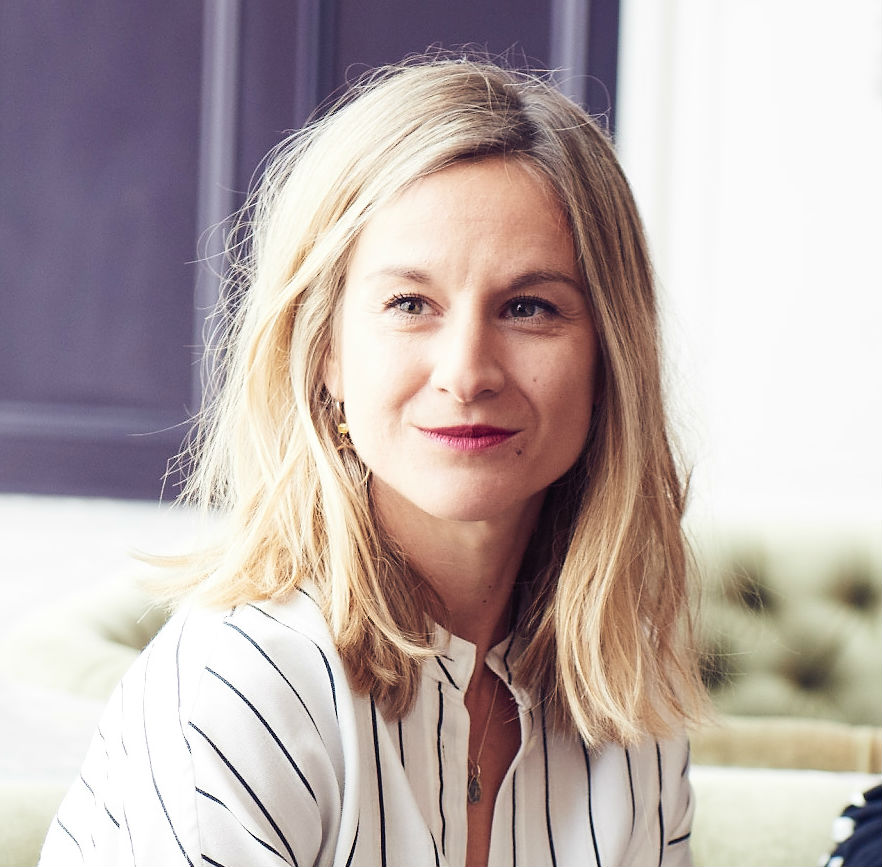Seven photos that prove the devastating impact of climate change on our planet
Global warming, pollution and climate change are threatening the lives of people on our planet. Here, seven reportage photographers bring the reality home

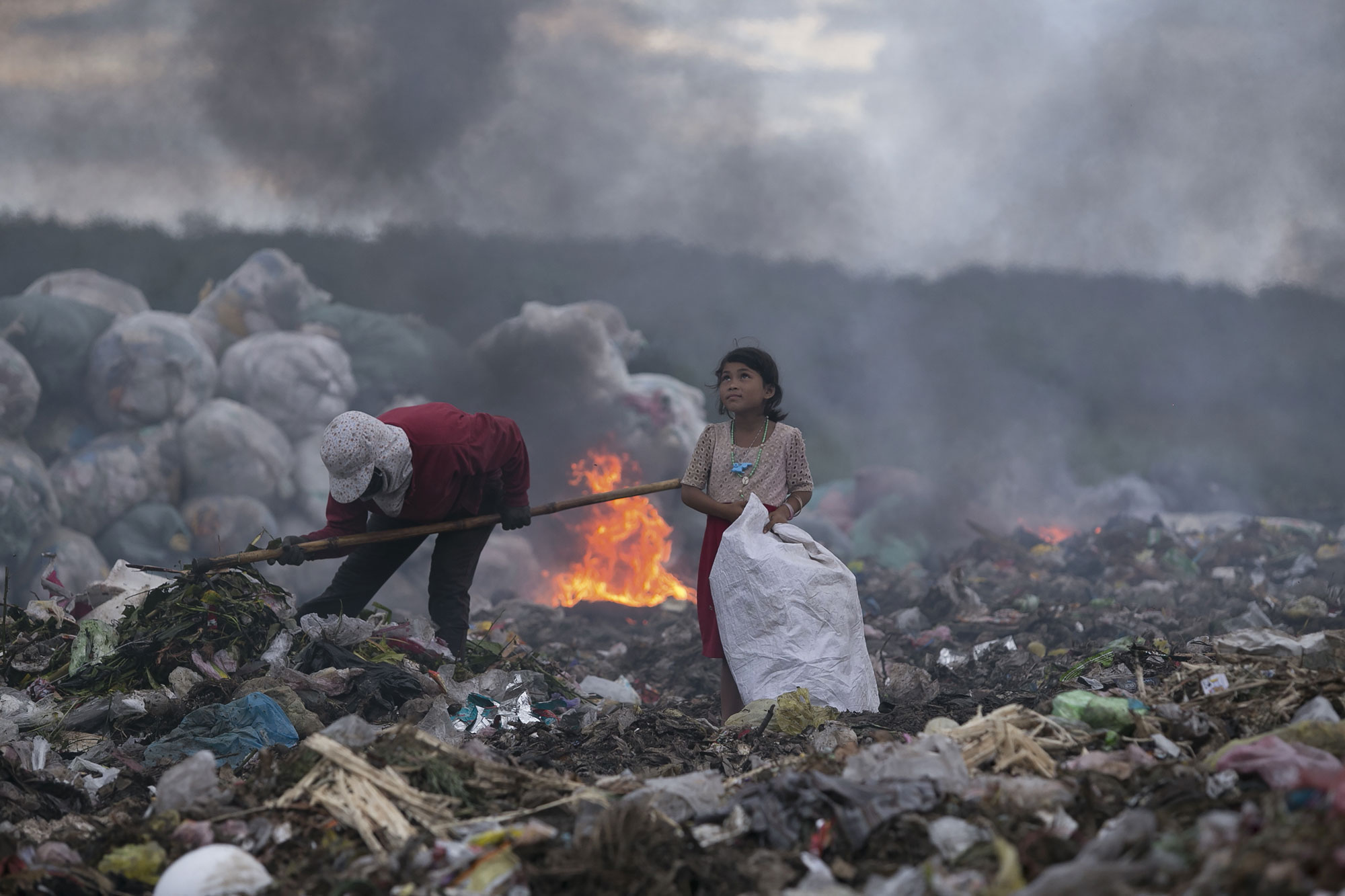
Global warming, pollution and climate change are threatening the lives of people on our planet. Here, seven reportage photographers bring the reality home
Lead image: Quoc Nguyen Linh Vinh, CIWEM Environmental Photographer of the Year 2017
‘Climate change is at the heart of a global crisis that, for many countries, is already critical,’ says Gareth Redmond-King, head of climate and energy at WWF UK. ‘We are seeing melting ice caps in Antarctica and Greenland that are causing rising sea levels; changing habitats that lead to animal extinction and restricted food supply; and extreme weather that is devastating parts of the world at an alarming rate.’ In fact, climate change has already displaced millions of ‘climate refugees’. By 2050, 200 million people worldwide will have been forced to leave their homes as a result.
‘This is an equality issue. It is the vulnerable who are impacted most, even in rich nations like the US – it was women of colour who found it most difficult to get back on their feet after Hurricane Harvey,’ says Rachel Kennerley, international climate campaigner for Friends of the Earth. ‘The narrative around climate change is often that of a sad polar bear on a melting ice cap, but this is a human crisis, too.’ And yet, US President Donald Trump refuses to accept that climate change is happening. In June 2017, he rejected the Paris Agreement, which commits America and 187 other countries to keep rising global temperatures below 2°C. ‘The Arctic is already more than two degrees in polar regions,’ says Redmond-King. ‘Sea levels are rising due to melting caps and this has a devastating impact on low-lying countries, including Bangladesh and South Pacific islands such as Fiji, where people have already been evacuated due to flood risks. This isn’t temporary aid action − it’s permanent.’
In the UK, extreme weather and coastal erosion hints at the wider problem. Kennerley adds, ‘As the fifth richest country in the world − a country that benefited hugely from the industrial revolution − we have a responsibility to cut emissions and move our energy towards cleaner, renewable sources to help protect vulnerable parts of the planet where we are rapidly running out of time.’
Here, seven photographers who aim to humanise the plight of global populations affected by climate change, talk us through their most emotive shots.
John Novis
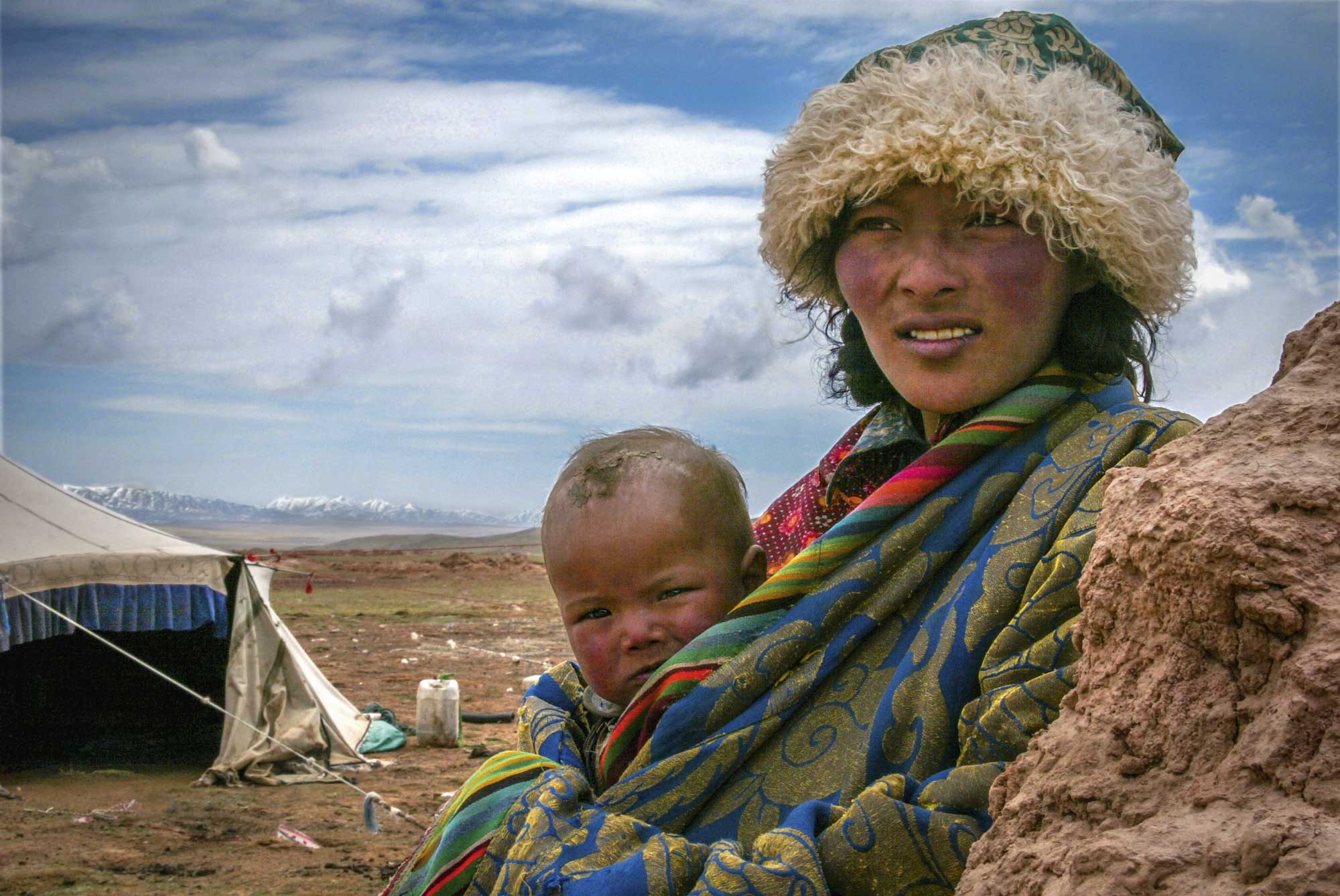
China by John Novis for Greenpeace ‘A nomadic mother and child at Ngoring Lake on the Tibet Plateau, Qinghai, where their community’s way of life has remained unchanged for 10,000 years. These noble people are in the last throes of existence because climate change has degraded their pasture land. Many now live in urban concrete compounds, facing language and skill-set barriers.’ View more of John Novis' work here.
Celebrity news, beauty, fashion advice, and fascinating features, delivered straight to your inbox!
Franck Vogel
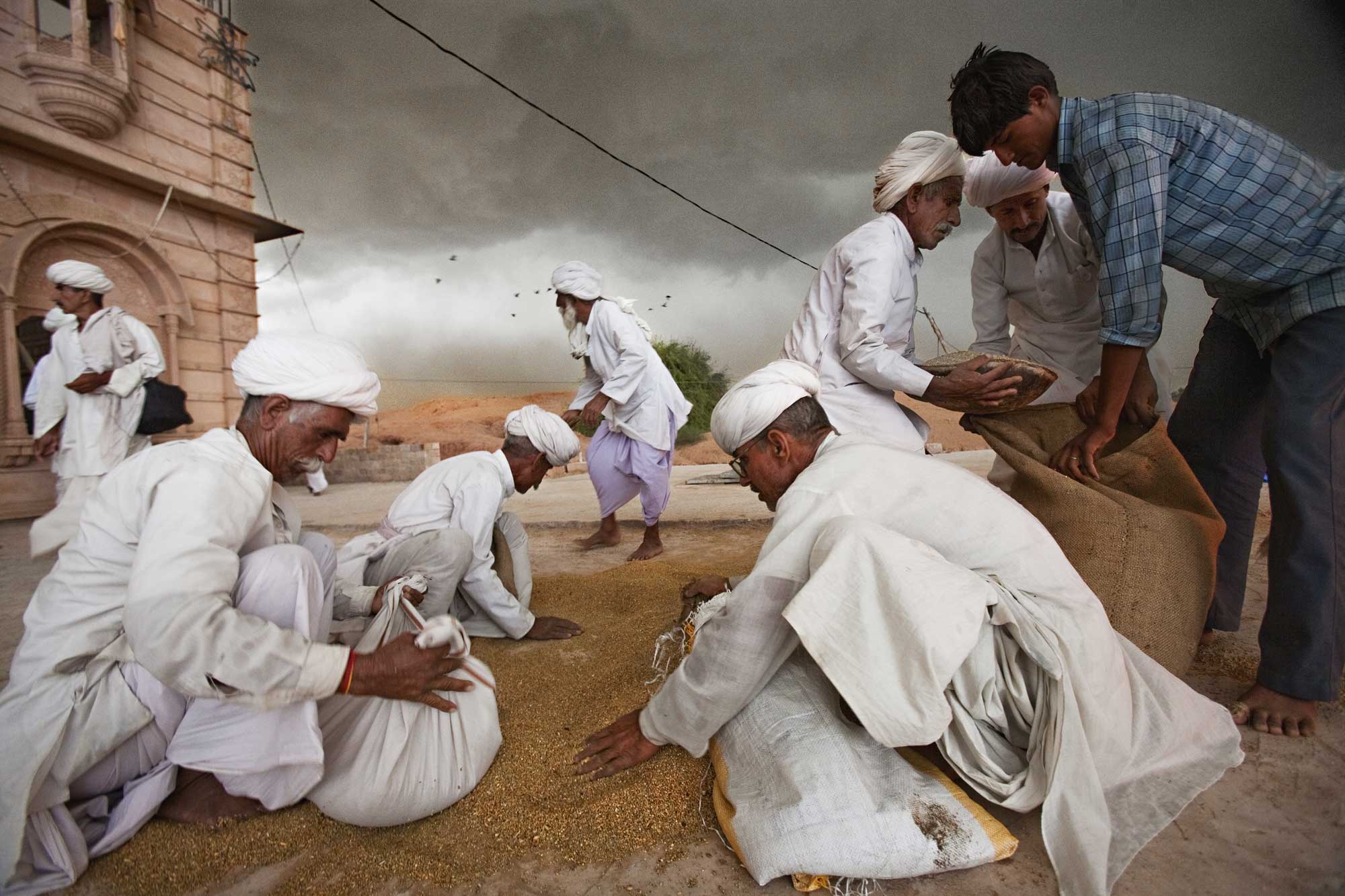
India by Franck Vogel ‘I was the first Westerner to photograph the temple of the Bishnois of Rajasthan, who have made environment protection their life’s work since the 15th century. In the Thar desert, Bishnoi families share 10 per cent of their harvest with wildlife. The Bishnoi prophet Jambhoji’s 29 edicts, issued in 1485 AD, effectively created the first eco-tax system.’ View more of Franck Vogel's work here.
Ashley Crowther

Himalayas by Ashley Crowther ‘A man stands beside an empty water storage pool that cannot keep up with demand in Kumik, Zanskar Valley, India. The community’s glacier has almost completely retreated due to climate change, and residents now face ongoing droughts and dwindling crop harvests, affecting food supplies and the wellbeing of crucial livestock.’ View more of Ashley Crowther's work here.
Ardiles Rante, for Greenpeace
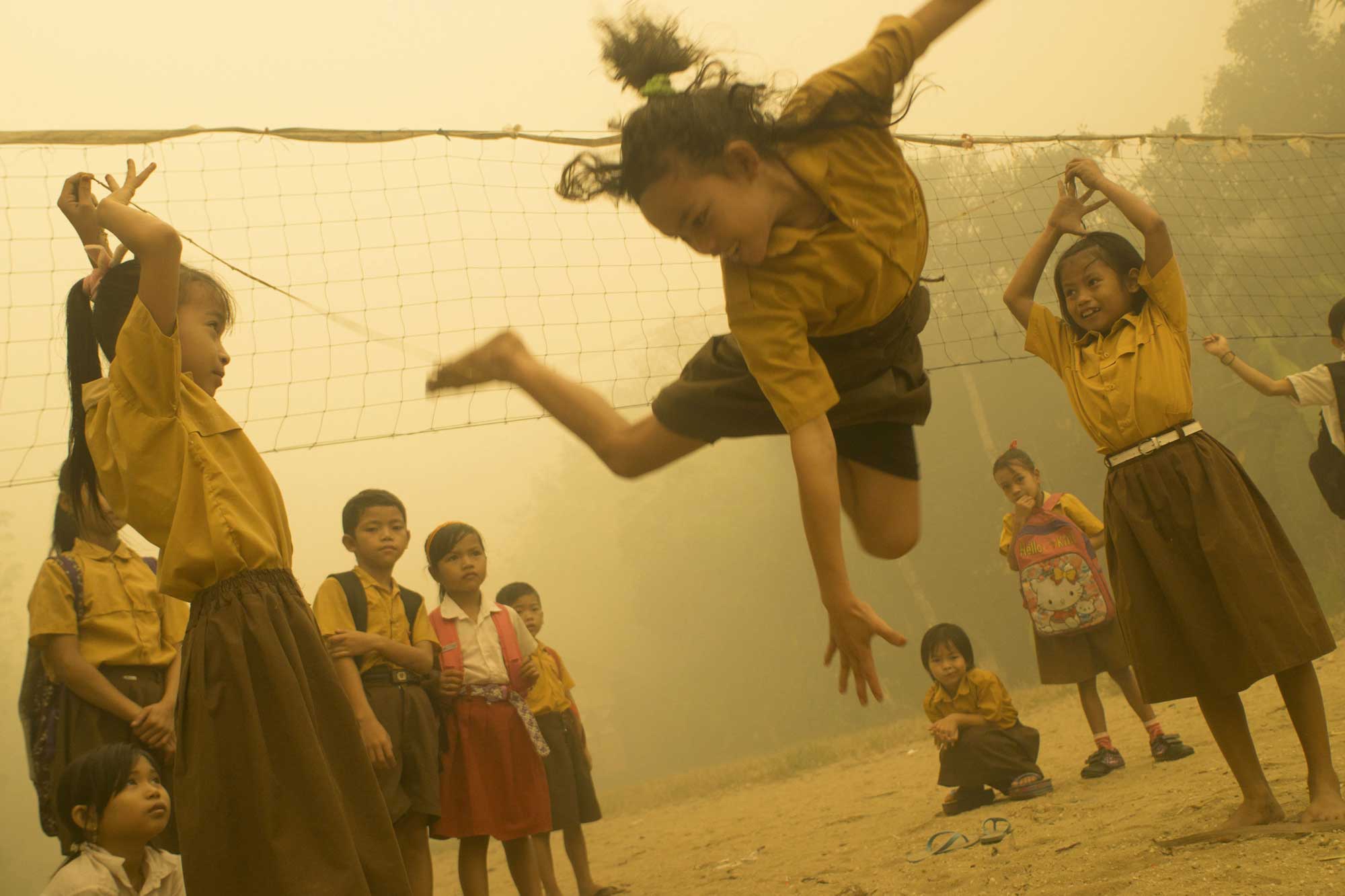
Indonesia by Ardiles Rante ‘Children play in air engulfed by a thick haze from forest fires at Sei Ahass village, Central Kalimantan province on Borneo island. Peat soil fires clearing the tropical rainforests − so that big businesses can farm palm oil or timber − destroy diverse habitats, such as endangered orangutans, and emit toxic carbon dioxide fumes that kill an estimated 110,000 people every year. View more of Ardiles Rante's work here.
Quoc Nguyen

Vietnam by Quoc Nguyen ‘This is the rubbish dump of Kon Tum, Vietnam. Here, the Bahnar community make their living collecting and selling plastic waste. The burning of this waste releases harmful pollutants that contribute to climate change and damage the human nervous system. Women and children are most at risk, so I was touched by this child’s innocence, unaware of the situation they were in.’
Quoc Nguyen

Vietnam by Quoc Nguyen ‘This is the rubbish dump of Kon Tum, Vietnam. Here, the Bahnar community make their living collecting and selling plastic waste. The burning of this waste releases harmful pollutants that contribute to climate change and damage the human nervous system. Women and children are most at risk, so I was touched by this child’s innocence, unaware of the situation they were in.’
Vlad Sokhin
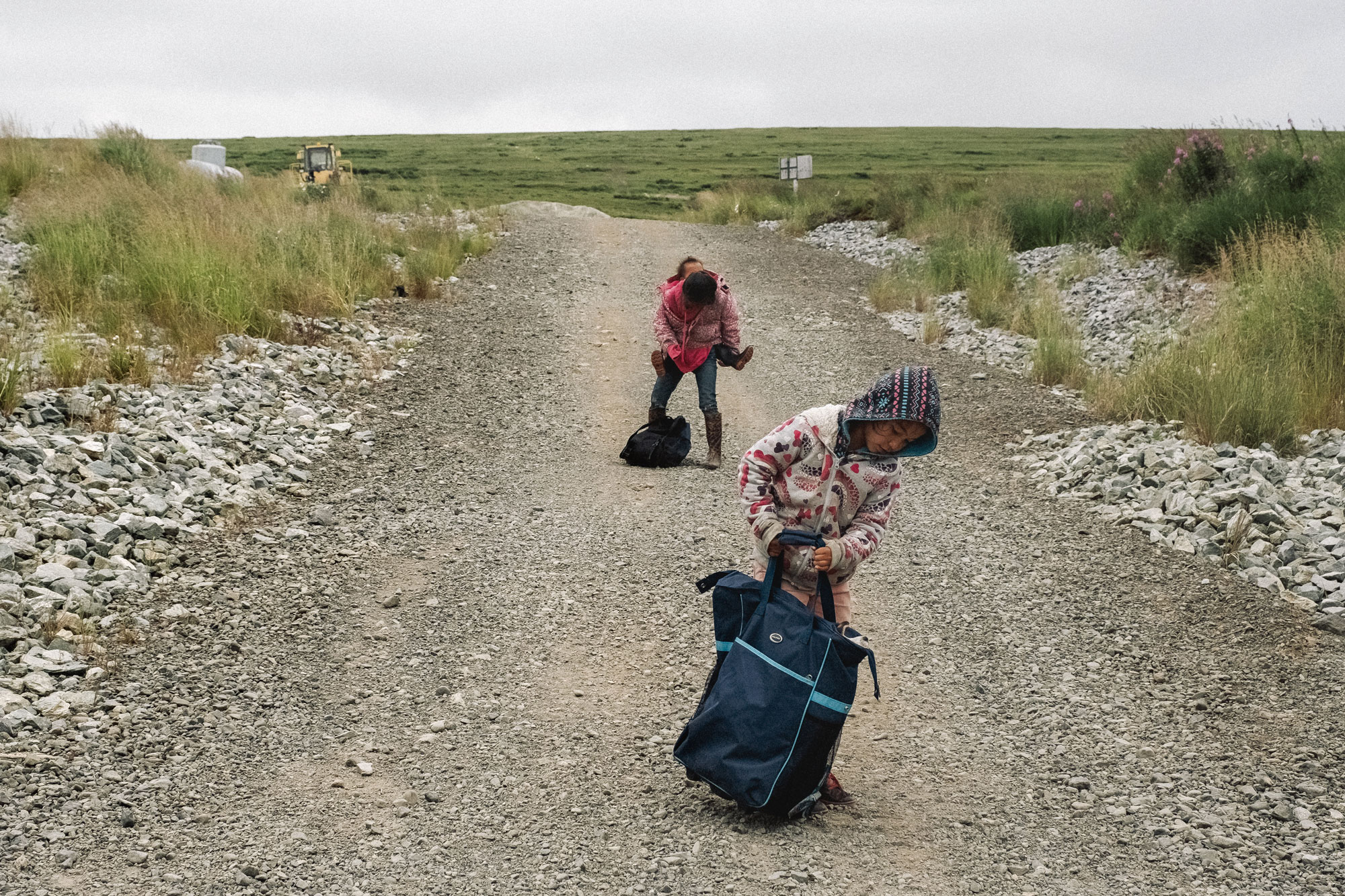
USA by Vlad Sokhin ‘Eight-year-old Glennesha Carl (front) and siblings Margaret, ten, and Ervin, one, walk to their new home in Mertarvik, Alaska, after being relocated from their native village, Newtok, which is eroding due to permafrost thawing. With houses and a school close to Newtok’s erosion site, locals told me they have two years before their village disappears.’ View more of Vlad Sokhin's work here.
Georgina Goodwin
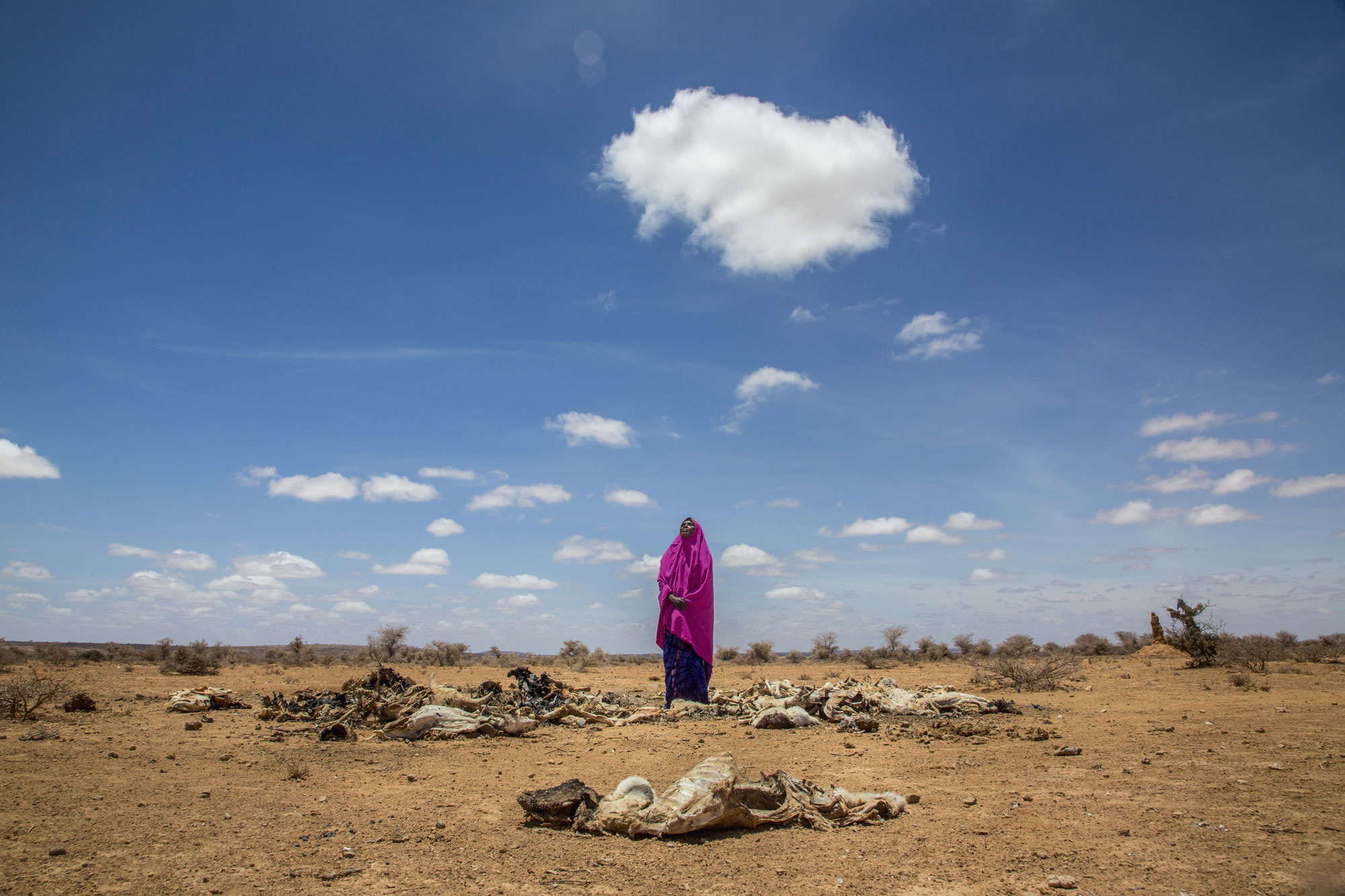
Somaliland by Georgina Goodwin ‘In Barwako village, Amina Suleiman Gas, 45, stands amid the carcasses of her dead animals, casualties of a drought on a scale not seen since 1974, which has left half the population with dangerously depleted resources. Following four consecutive seasons of failed rainfall, Barwako − once a village of 100 families − has seen the arrival of 245 more displaced families due to droughts. Suleiman Gas says, “We shared everything with them.” But now there is nothing left.’ View more of Georgina Goodwin's work here.
